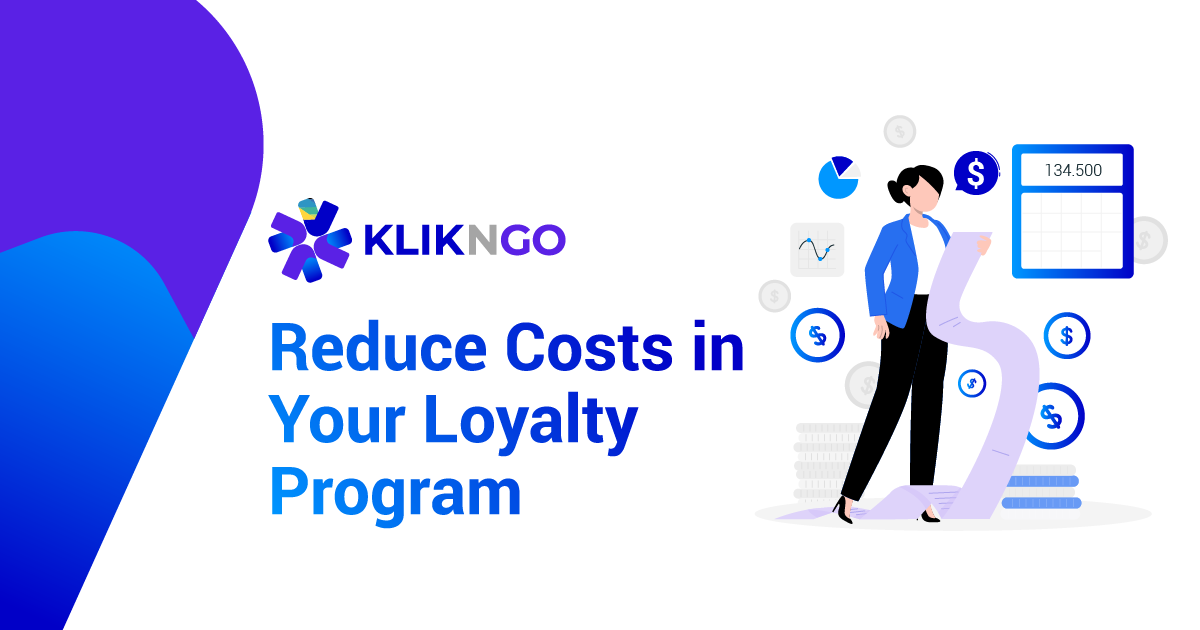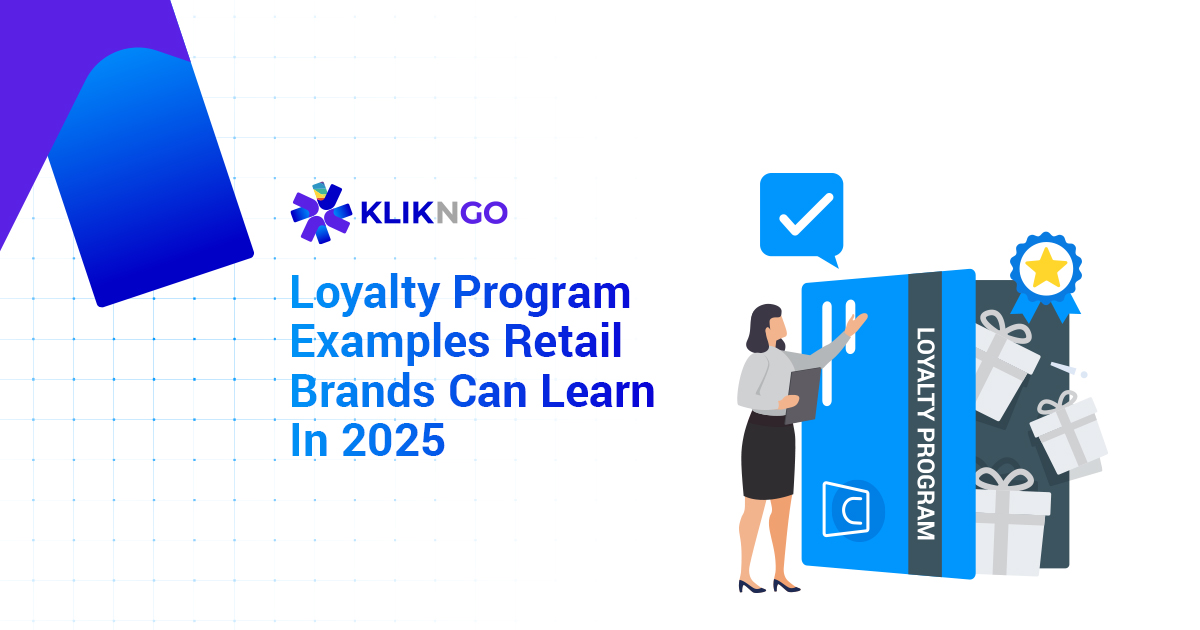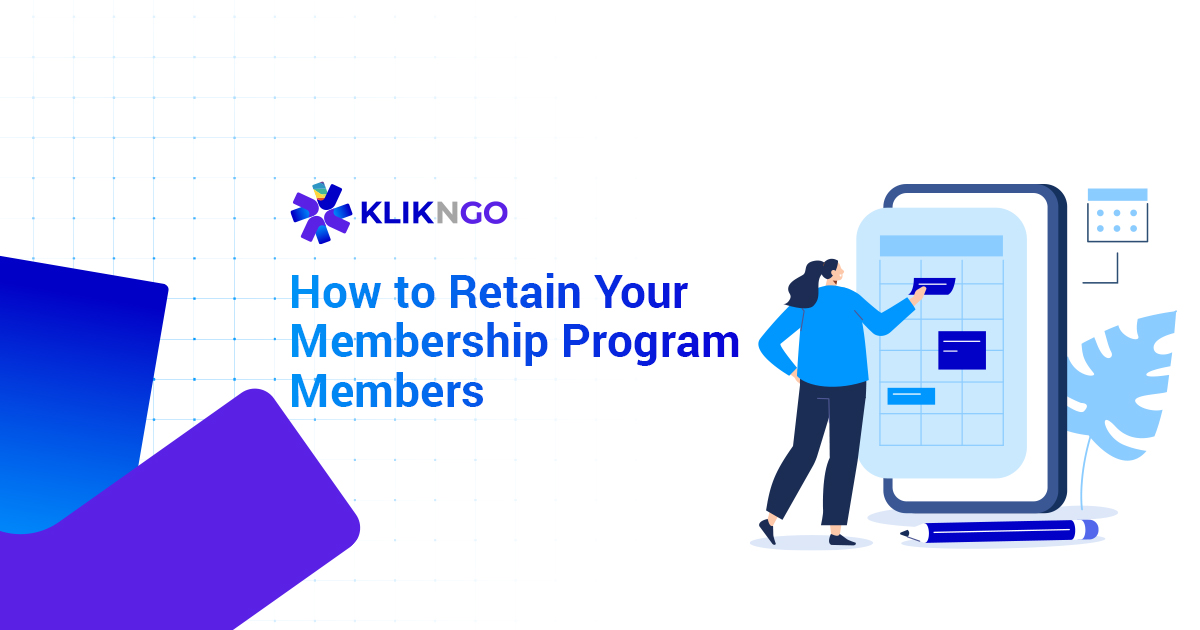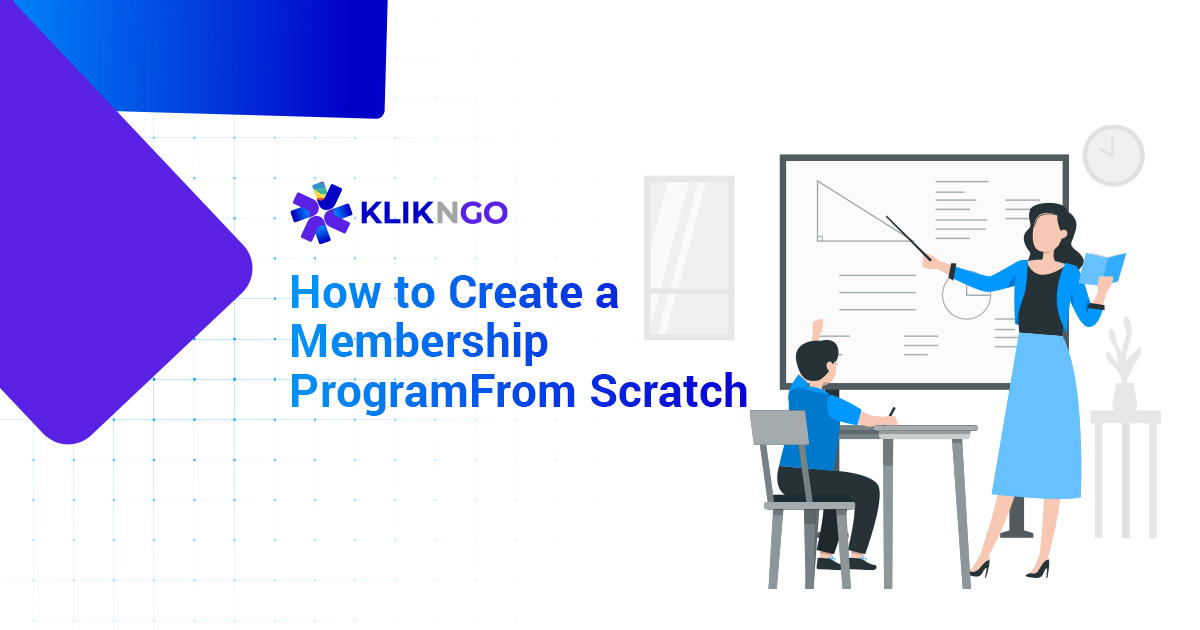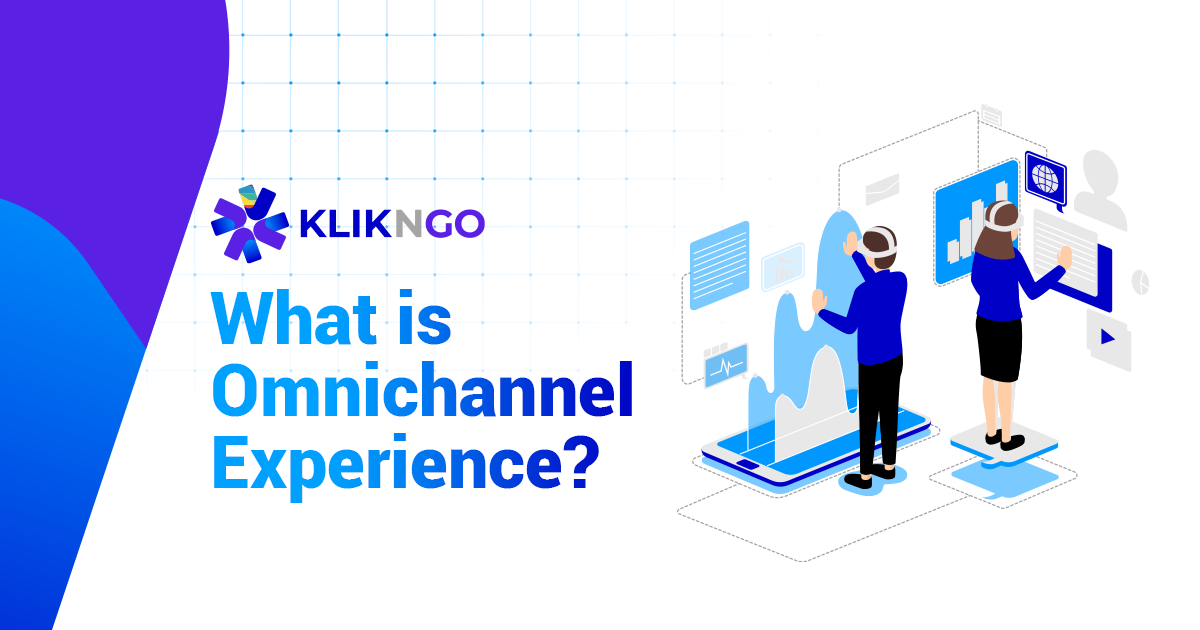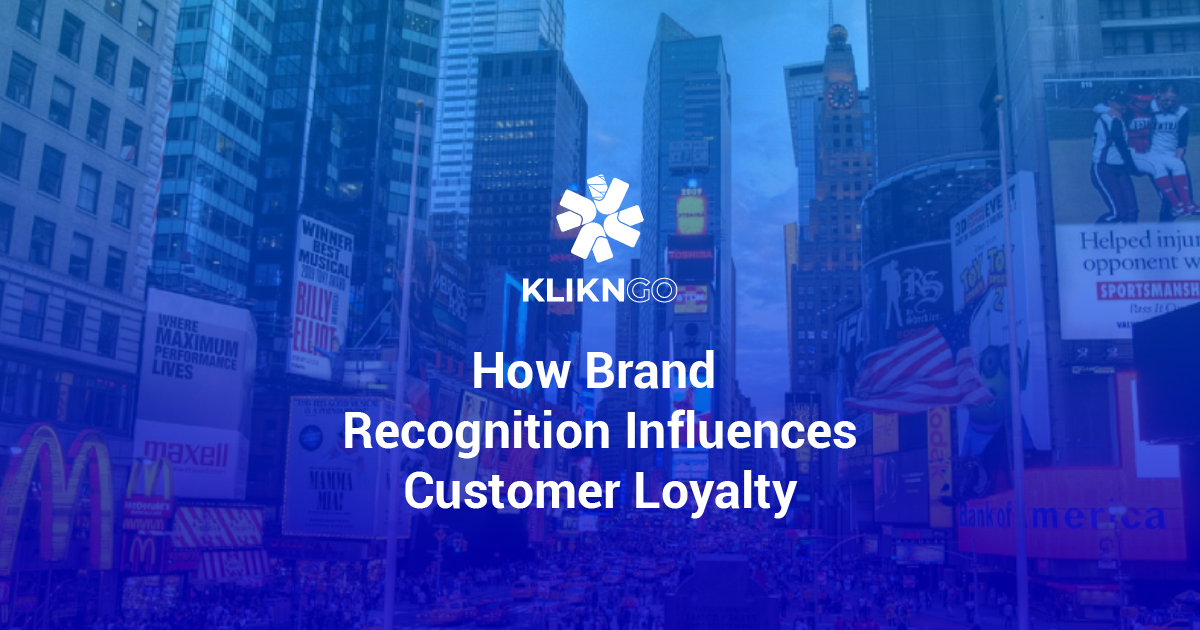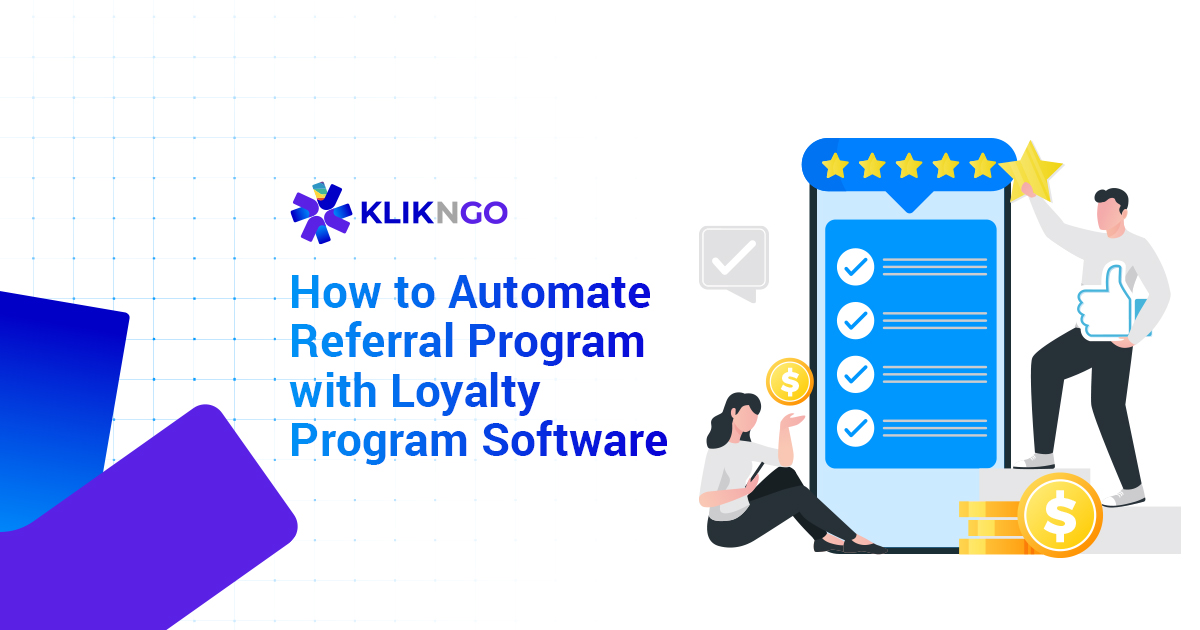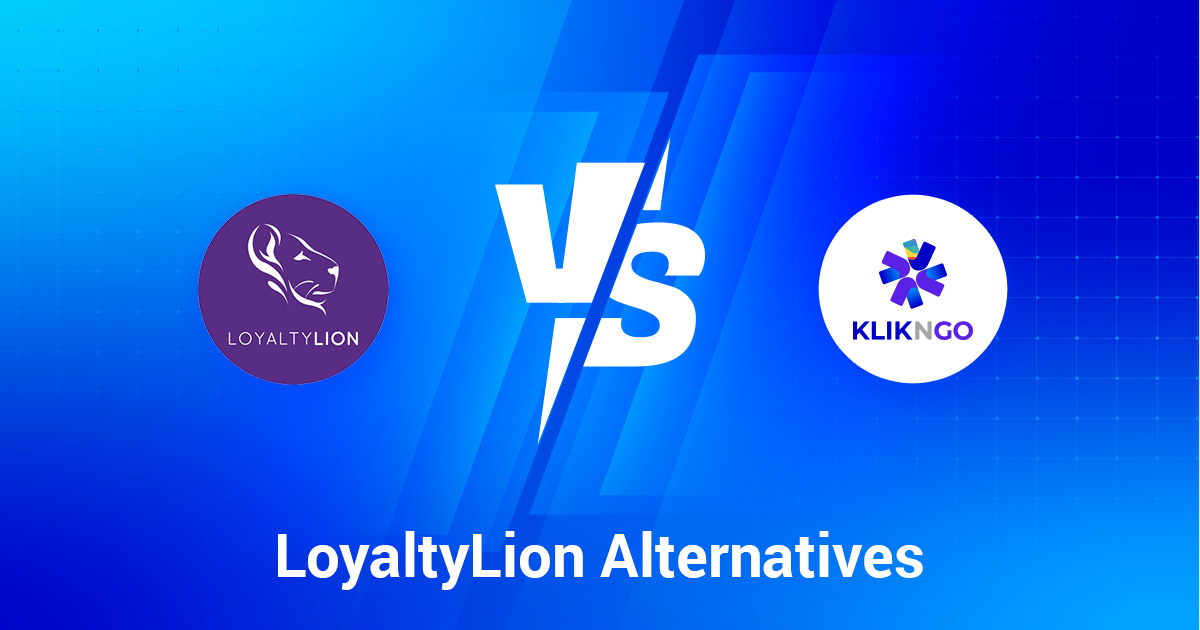Target & Segment Your Member Base Effectively
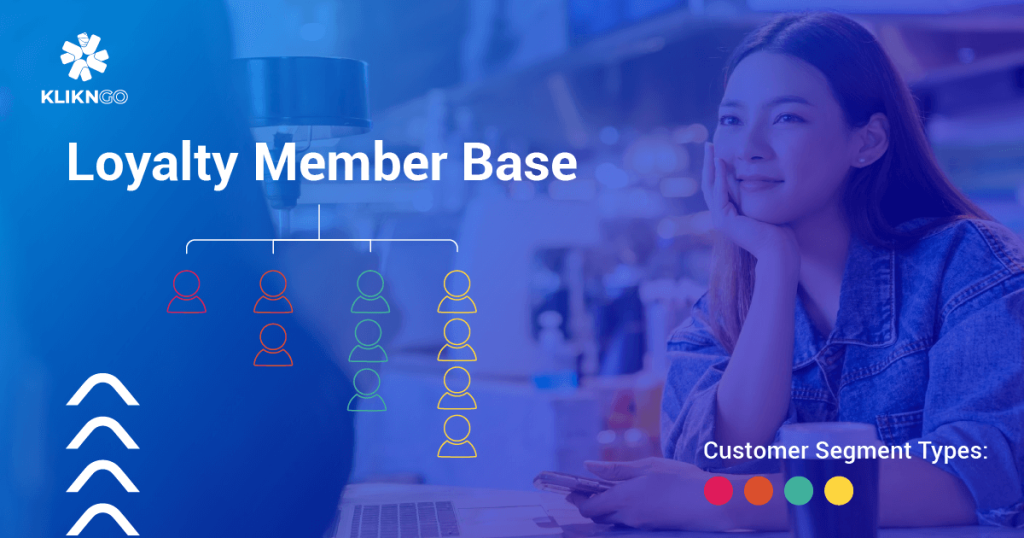
To significantly cut down on loyalty program expenses, it’s crucial to actively segment your member base for personalized membership marketing. Surprisingly, many companies overthink this and do all the wrong things.
Imagine you manage a pharmacy and want to boost sales in the cosmetics department. Naturally, you’d initially divide your customer base into men and women, focusing primarily on women.
But why stop there? Take it a step further by refining your segmentation to consider factors like age, customer behavior, and marital status, leveraging stored data.
Our system, KlikNGo, allows you to track and segment target audiences within target audiences.
For instance, if your goal is to reach only women without children, you can automatically exclude those who have previously purchased childcare items such as baby formula or diapers.
Thanks to our advanced segmentation capabilities, you can drive down your cost per conversion and effectively slash the overall expenses of your loyalty program membership.
Improve Your Reporting & Complete Your Customer Profiles
In many cases, incomplete and inaccurate reporting can mislead companies into thinking their loyalty program is more expensive than it truly is. This is mainly a tech issue due to a lack of features!
Let us give you an example: Your cost per acquisition might appear high within a specific target segment of your loyalty program. Many managers might conclude that further investment isn’t justified.
However, the lack of a loyalty program or CRM functionality means that only some things are being taken into account.
Despite the seemingly high cost per acquisition, this particular segment referred numerous friends and family who became loyal customers. Unfortunately, the CRM fails to capture this bigger picture.
Another scenario to consider is when your CRM exclusively monitors online behavior through your app or website.
If it neglects to track customer interactions or the redemption of physical vouchers at your physical storefront, it might inaccurately suggest a lack of return on investment (ROI) in your loyalty program.
In truth, the factor may lie in actively encouraging people to make full use of program features and earn rewards.
Our system seamlessly integrates with all channels and platforms, whether physical or digital, comprehensively capturing customer information. This integration allows you to understand every aspect of your customers!
Utilize a Referral Function for Effective Loyalty Programs
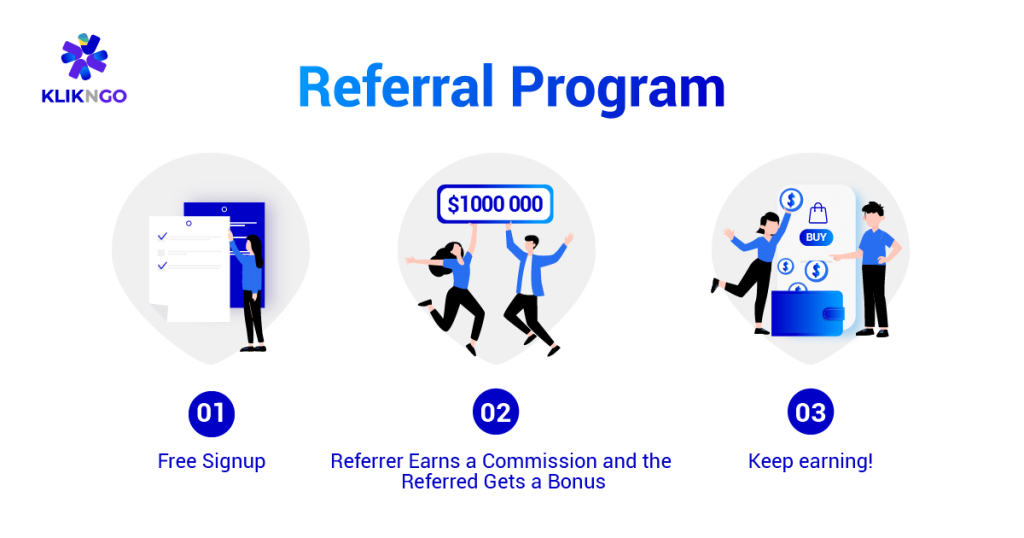
Building on the previous point, leveraging a referral program can significantly reduce your cost per acquisition!
An effective way to do it involves rewarding both the referrer and the referred, aiming to maximize the overall conversion rate.
A prime example of this strategy is employed by Interactive Brokers (IBKR), one of the largest stock brokerage firms globally.
In their program, the referrer can earn up to $200 if the referred individual maintains an account valued at over $10,000 for a year.
Meanwhile, the referred party receives $1 for every $100 in their account, potentially earning up to $1,000 in IBKR shares.
This setup is effective because it motivates the referrer to attract high-quality customers.
Simultaneously, it familiarizes the referred user with the platform and encourages them to deposit money, earning shares in the process.
Despite a bigger reward offered, both the referrer and the referred are required to meet heavy requirements.
This ensures a sense of reward for both parties, introduces the referred user to the platform, and capitalizes on the sunk-cost fallacy to keep them engaged.
In this context, the sunk-cost fallacy makes people unwilling to switch as users already have funds invested in the IBKR platform.
Changing platforms might seem like a hassle given their existing investment in the current platform.
You can leverage a similar strategy by modifying your rewards based on your objectives.
Say you’re a subscription-based monthly perfume business, you can set up your referral program to give out money or exclusive perfumes, but only after the referred individual stays a customer for 2 months, for example.
Make Your Product Is In Line With Customer Expectations
You can effectively reduce your overall loyalty program costs by enhancing your product or service to meet customer expectations.
A quality product not only attracts users through positive word-of-mouth recommendations but also naturally encourages them to sign up and participate in your loyalty program, especially if they are already purchasing your products.
Conversely, if your product falls short or doesn’t align with your potential customers’ needs, investing heavily in a loyalty program won’t retain customers.
To achieve this, start by gathering feedback from existing customers to identify areas for improvement.
Many CRMs offer features that prompt feedback automatically during checkout or after a sales call, depending on your business model.
For a more comprehensive approach, try out focus groups to test products and gather honest feedback with the help of incentives.
Make sure your focus group participants represent your target demographics while making it as diverse as you can.
Following this, refine your product based on the received feedback and data. When executed successfully, this approach should lead to a gradual decrease in your loyalty program costs.
People will be inclined to join your loyalty program organically without the need for forceful or aggressive marketing.
A superior product serves as the cornerstone of any business, fostering organic engagement with your brand without many substantial investments!
Collaborate With Influencers to Meet Targets
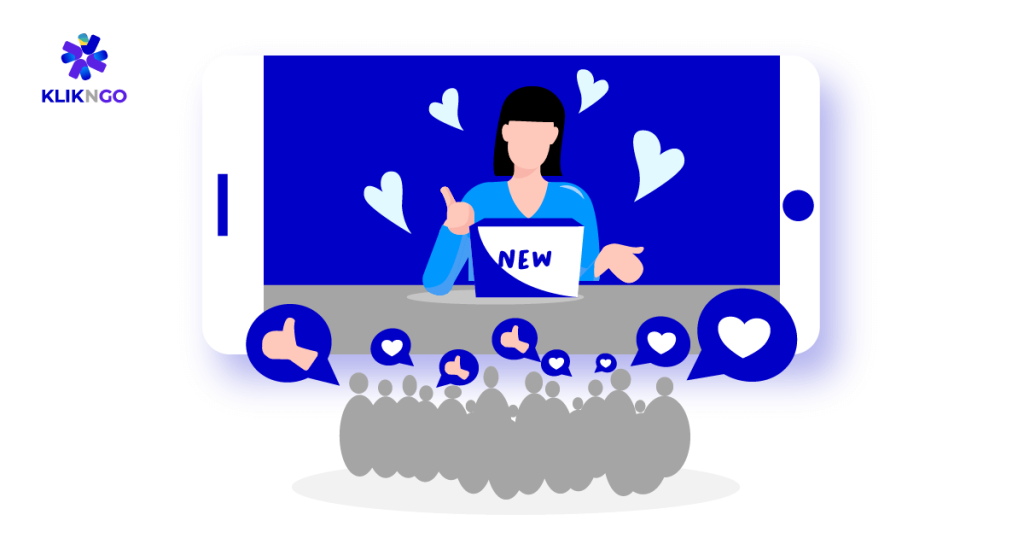
A cost-effective approach to expanding your loyalty program is through influencer marketing, particularly by targeting micro-influencers.
These micro-influencers are often niche-focused (such as fashion, fitness, and woodworking) and usually have a smaller but dedicated following.
Micro-influencers, with their loyal audience, can sometimes be more effective than those with millions of followers.
Their cost-effectiveness and ability to precisely reach your target audience through niche filtering make them incredibly valuable.
There are two ways to implement this strategy. The first is to establish an affiliate program, similar to the earlier referral program but on a larger scale.
In this approach, you provide incentives to selected influencers, encouraging them to prompt their followers to join your loyalty program. Essentially, you pay them per acquisition, ensuring payment only when someone converts.
The second method involves sponsored mentions, which are beneficial for branding and awareness rather than immediate conversion.
While this may not actively encourage followers to sign up, it spreads the word about your loyalty program.
Depending on the influencer, you might be able to discuss a good deal for sponsored mentions, potentially attracting sign-ups in the process.
It’s essential to note that the latter method may not incentivize influencers to actively promote sign-ups.
However, many micro-influencers are eager to increase their visibility, making them more willing to collaborate for brand awareness.
This essentially translates to free marketing, and you can enhance their motivation by incorporating an affiliate program as well!
Grow Your Social Media Presence (For Free!)
Relatively similar to the last point, you can grow your social media presence by working with influencers.
While having an active Facebook or Instagram account was sufficient a few years ago, the current landscape calls for a more video-centric approach to your social media strategy.
Strategies like these are exceptional because they allow you to gain awareness and attention for your brand and loyalty program without the need for paid promotions.
Take the example of businesses like Shelby’s Canada, which has experienced significant growth by leveraging platforms like TikTok and YouTube, accumulating over 4 million subscribers across both platforms.
If your company sells software to businesses, you can adopt a strategy similar to Ahrefs.
They produce high-quality, informational videos to market their software directly to their target audience—search engine optimizers.
The key to success lies in providing value to your customers. Merely showcasing your product’s features or its purpose won’t be effective.
Instead, focus on delivering value upfront and then introduce your product later.
While social media marketing and video content creation demand time and effort, the investment is worthwhile and will yield positive results in the long run!
Focus on the Quality of Your Loyalty Program Members
For enhanced conversions and increased engagement with your loyalty program, it’s more effective to leverage your existing members rather than solely focusing on acquiring new ones.
Research consistently shows that retaining and converting current customers within your loyalty program is up to 5x more cost-effective than constantly seeking new members.
This emphasizes the importance of prioritizing the improvement of each member’s quality over simply increasing the overall membership count for better conversion rates.
To achieve this, try utilizing email marketing or app-based notification strategies.
Building upon the segmentation discussed in the first point, tailor your emails and notifications to align with the specific interests of existing customers, ultimately maximizing your return on investment.
As highlighted by MailChimp, email marketing stands out as one of the most cost-effective marketing channels compared to others. Recipients are likely familiar with your brand, making them warmer leads.
Given that they’ve already enrolled in your loyalty program, your focus should be on nurturing and warming up your list through informative and enjoyable content, then only giving them a tailored promotion.
This approach doesn’t seem to ‘hard-sell’, which keeps the goodwill between your members and your brand.
Incorporate Strict SOPs for Loyalty Rewards & Staff Training
Before our clients engaged with us, we identified issues related to staff training and the absence of standard operating procedures (SOP) for tasks like voucher redemptions.
In the past, during roadshows, staff distributed vouchers to individuals who provided their phone numbers and emails for the loyalty program.
However, there needed to be a robust system to track each voucher, leading to staff distributing them not just to new sign-ups but also to friends and family.
This resulted in the client incurring losses, as vouchers were redeemed by individuals who didn’t meet the campaign objectives.
To address this challenge and prevent future losses during roadshows, we tailored the backend of their loyalty program system. This customization allows for the validation of every voucher distributed.
Consequently, each voucher can be tracked and linked to an individual’s profile in the customer relationship system (CRM).
Unlike many CRMs on the market that may struggle with tracking both physical and digital vouchers, our system seamlessly collects data from both sources.
The overall idea is to fortify your standard operating procedures to cut costs and minimize resource wastage.
Additionally, you can optimize voucher-related expenses by adjusting the terms of the voucher.
For instance, enhancing the voucher’s value while implementing a minimum spend requirement creates a more enticing deal for customers, encouraging increased engagement and conversions for redemption.
The Bottom Line
There you have it, all the practical ways to make your loyalty programs more cost-effective! If you’re interested in a free consultation regarding our features, please feel free to take a look at our loyalty programs page to get started!

